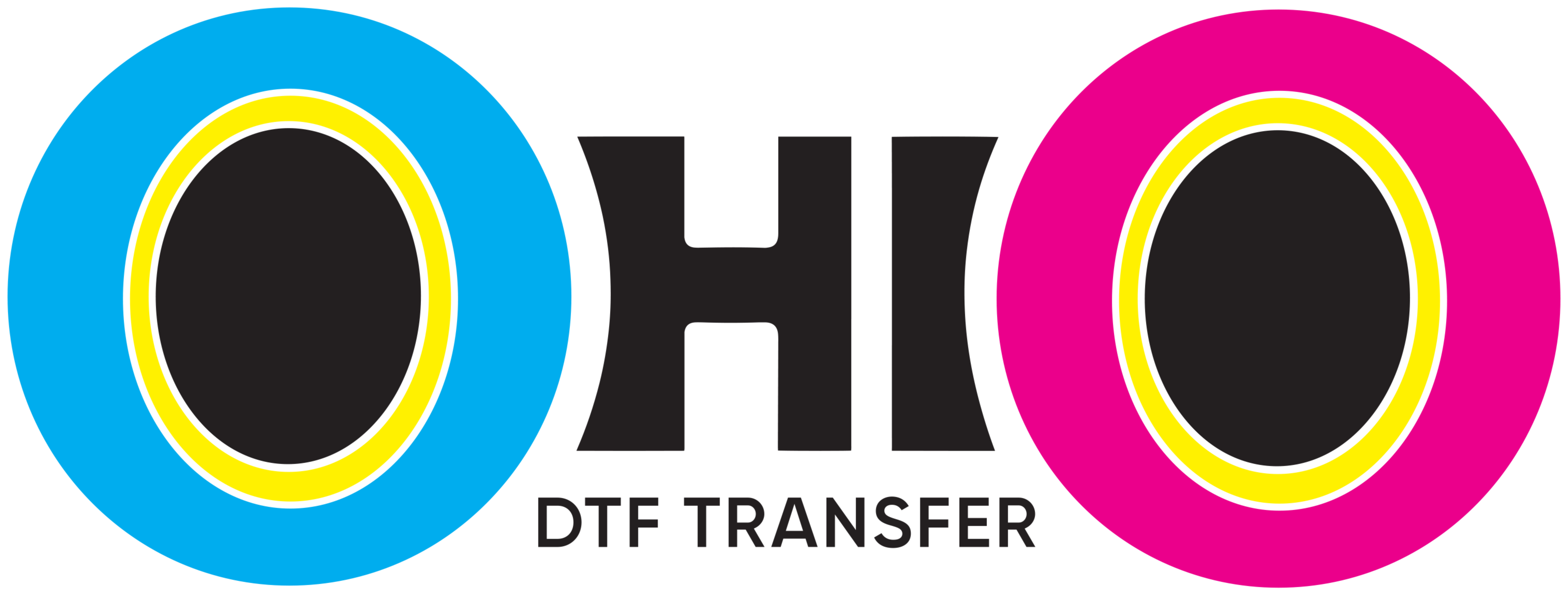How To Make A DTF Transfer: Step-by-Step Guide
Direct to Film (DTF) printing has become one of the most popular ways to decorate garments. It produces bright colors, smooth finishes, and works on many fabrics. Learning How To Make A DTF Transfer is easier than you might think. With the right tools and steps, anyone can create professional-quality prints.
What is a DTF Transfer?
A DTF transfer is a design printed on film using special inks and adhesive powder. Once cured, the design is applied to fabric with heat and pressure. Unlike vinyl or screen printing, this method transfers the full design at once. The result is vibrant, detailed, and durable.
This process is popular for custom T-shirts, hoodies, bags, and more. Small businesses and print shops love it because it works on cotton, polyester, blends, and even darker fabrics.
Materials You Need
Before you begin, gather the right supplies. To make a DTF transfer, you will need:
-
DTF printer with pigment inks
-
PET transfer film
-
Adhesive powder
-
Heat press machine
-
Design software (Photoshop, CorelDRAW, Illustrator)
Good supplies lead to better results. Cheap film or low-quality powder often causes peeling or fading.
Step 1: Preparing the Design
The first step in How To Make A DTF Transfer is design preparation. Use design software to create or edit your artwork. Keep the resolution high—at least 300 DPI. This ensures sharp lines and bright colors.
Save the design with a transparent background if needed. Double-check colors and sizes before printing. A little preparation avoids wasted film and ink.
Step 2: Printing the Design on Film
Load the PET film into your DTF printer. The printer first lays down a white ink layer. This makes the design visible on both light and dark fabrics. Then the colored inks are applied on top.
Always print on the coated side of the film. If dust or moisture is present, wipe the film before printing. Even small particles can ruin the final look.
Step 3: Applying Adhesive Powder
Once the design is printed, sprinkle adhesive powder over the wet ink. Make sure the powder covers the design evenly. Shake off the extra powder.
The powder sticks only to the ink. This is what makes the transfer bond with fabric during pressing. Without it, the design would not attach properly.
Step 4: Curing the Film
The next step is curing. Place the film under a heat press or curing oven. Do not press down. Instead, hover the heat press slightly above the film for 2–5 minutes at around 160°C (320°F).
Curing melts the powder into the ink. This creates a ready-to-use transfer sheet. Skipping this step leads to poor adhesion later.
Step 5: Heat Pressing the Transfer
Now you’re ready to apply the transfer. Place the cured film face-down on the garment. Use these general settings:
-
Temperature: 160–170°C (320–340°F)
-
Time: 15–20 seconds
-
Pressure: Medium to firm
Follow the instructions for your specific film. Some films are “hot peel,” meaning you peel the film right after pressing. Others are “cold peel,” so you wait for the garment to cool before removing the film.
Step 6: Final Press
For a stronger finish, press the garment one more time. Place a protective sheet, like parchment paper, over the design. Press for 5–10 seconds. This seals the print into the fabric and adds durability.
Benefits of DTF Transfers
Learning How To Make A DTF Transfer brings many advantages:
-
Works on different fabrics, including cotton and polyester
-
Produces sharp details and vivid colors
-
Long-lasting and wash-resistant
-
No cutting or weeding needed
-
Suitable for single items or bulk production
This flexibility makes DTF printing perfect for both hobbyists and growing businesses.
Common Mistakes to Avoid
-
Using low-quality films or powders
-
Skipping the curing process
-
Incorrect temperature or pressing time
-
Forgetting to pre-press fabric to remove moisture
These mistakes can lead to peeling, fading, or weak adhesion. Testing on a sample garment is always a good idea before full production.
Extra Tips for Success
-
Store films in a dry, dust-free place
-
Clean your heat press regularly
-
Maintain your printer to prevent ink clogs
-
Experiment with different fabrics to improve your skills
Final Thoughts
Mastering How To Make A DTF Transfer is a valuable skill in custom printing. The process involves designing, printing, powdering, curing, pressing, and peeling. Once you learn the steps, you can create vibrant, durable designs that look professional.
Whether you are a beginner or running a print business, DTF transfers open up endless possibilities. With the right tools, high-quality supplies, and practice, your designs will always stand out.





